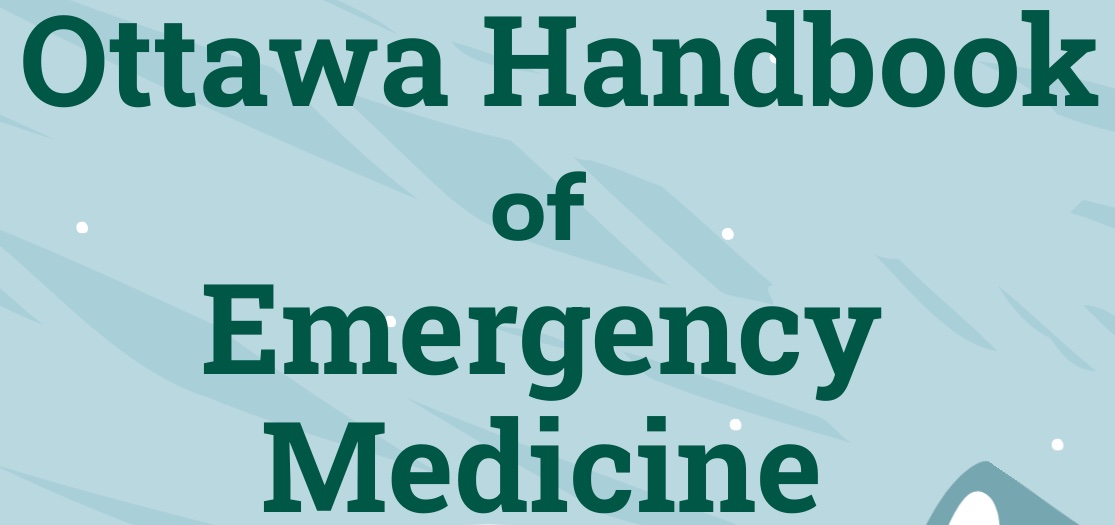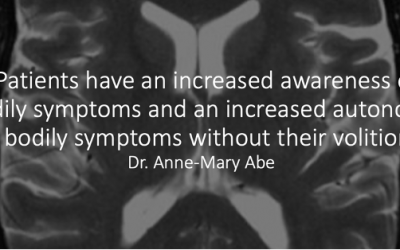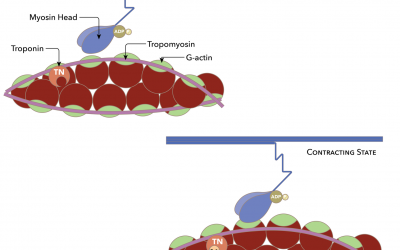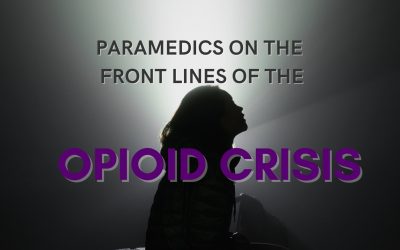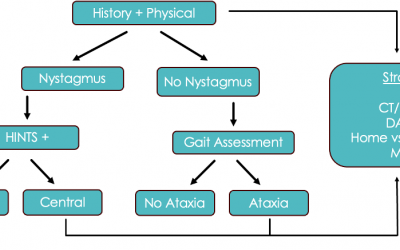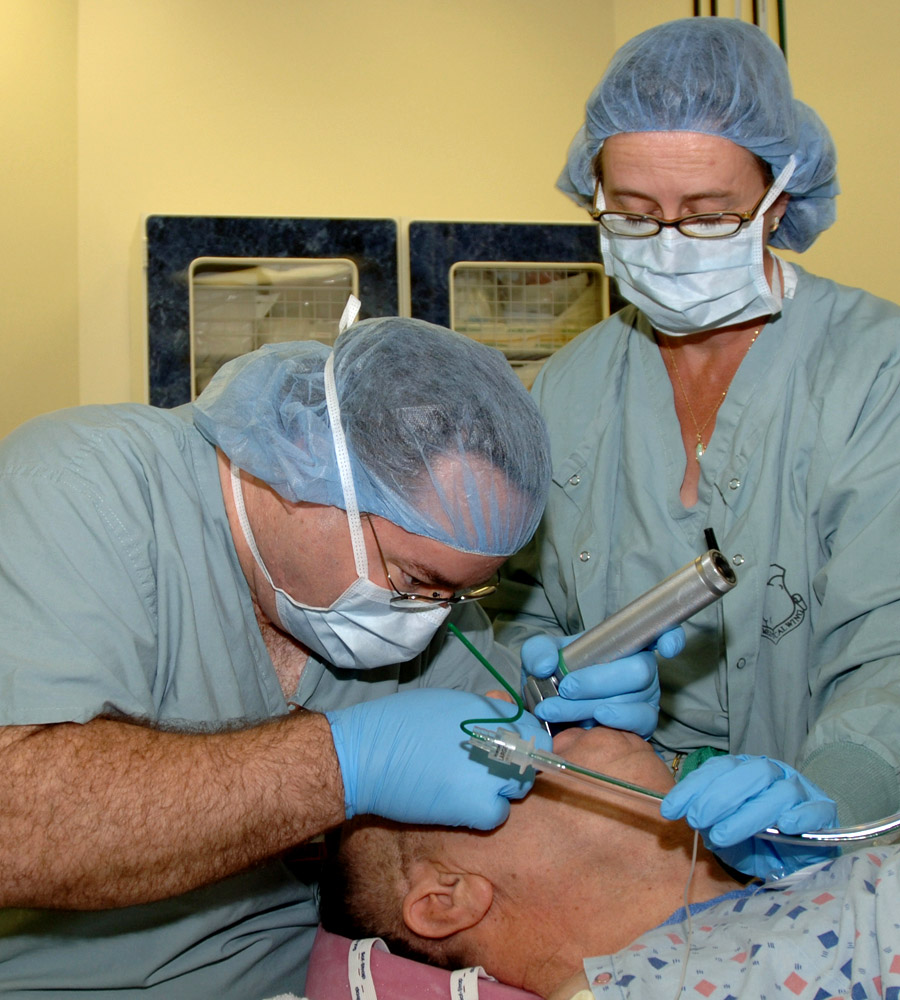We are excited to introduce the Fifth edition of The Ottawa Handbook of Emergency Medicine. Your bedside guide for approaches to various Emergency Medicine presentations.
Highlights of the Fifth edition include the addition of: general surgery emergencies, pediatric orthopedic presentations, and updates in pediatric fever + more!
PTM Journal Club: BVM Ventilation and Refractory Shock in Out-Of-Hospital Cardiac Arrest
In this edition of PTM Journal Club explore the impact of bag-valve-mask ventilation as well as the use of lidocaine and/or amiodarone on the survivability of out-of-hospital cardiac arrest. Bag-Valve-Mask Ventilation and Survival From Out-of-Hospital...
PTM Journal Club: Blood Product and ACE-CPR use Prehospital
In this Prehospital Journal Club Recap, let us take a deep dive into the use of blood products, as well as the adjunct use of automated controlled elevation in CPR. Resuscitation with blood products in patients with trauma-related hemorrhagic shock...
Functional Neurologic Disorders
Note: This grand rounds presentation and summary had contributions from Dr. Anne-Marie Abe, a neuropsychiatrist specializing in functional neurological disorders in Ottawa. Patients living with functional neurologic disorders (FND) have been deeply stigmatized...
Sensitivity Cardiac Troponin T Among Patients With Known Coronary Artery Disease
Methodology: 3/5 Usefulness: 2/5 Ashburn NP, et al. JAMA Cardiol. 2023 Apr 1;8(4):347-356. Editorial: Critical Appraisal of the Negative Predictive Performance of the European Society of Cardiology 0/1-Hour Algorithm for Evaluating Patients With Chest Pain in the US....
Probing 2023: PoCUS Articles to Change Your Practice
Point-of-care ultrasound (PoCUS) is becoming a cornerstone tool in our assessment of patient presentations and is helping us guide our clinical management. This is also represented in the amount of literature that has been published on the use of PoCUS in 2023. In...
BHP Corner: The Opioid Crisis
Opioid use disorder is a terrible disease that takes over people's lives and leaves them overwhelmed, consumed by compulsions and cravings, and often alone. Over the past 10 years, opioid overdoses and deaths have continued to climb in Ontario, now surpassing the...
Peri-Intubation Hypoxia After Delayed Versus Rapid Sequence Intubation in Critically Injured Patients on Arrival to Trauma Triage: A Randomized Controlled Trial
Methodology: 3/5 Usefulness: 3/5 Bandyopadhyay A, et al. Anesth Analg. 2023 May 1;136(5):913-919. Question and Methods: This is the first RCT looking at DSI vs RSI in adult trauma patients with no difficult airway features. All intubations performed by an anesthesia...
Posterior Circulation Strokes
Posterior circulation ischemia accounts for approximately 20-25% of all ischemic strokes and is a significant cause of patient disability. The diagnosis can be extremely challenging as findings are often not typically focal. Posterior strokes are misdiagnosed more...
Venomous Snake Bites: The Fangs, The Guidelines, The Myths
In this post, we will sink our teeth into some details around venomous snake bites that all emergency clinicians should be aware of regardless of their location of clinical practice. Although the incidence of venomous snake bites in Canada is rare, this should be...
Effect of Noninvasive Airway Management of Comatose Patients With Acute Poisoning: A Randomized Clinical Trial
Methodology: 3.5/5 Usefulness: 3/5 Freund Y, et al. JAMA. 2023 Dec 19;330(23):2267-2274. Question and Methods: Multicenter RCT involving comatose patients with suspected acute poisoning and GCS <9 compared a conservative airway strategy of withholding intubation...

